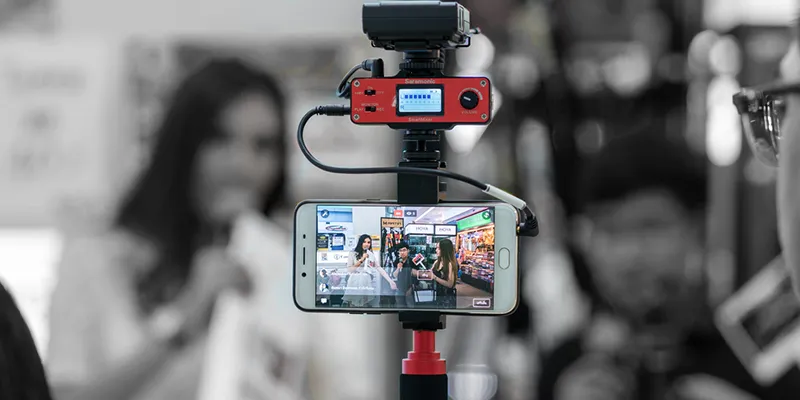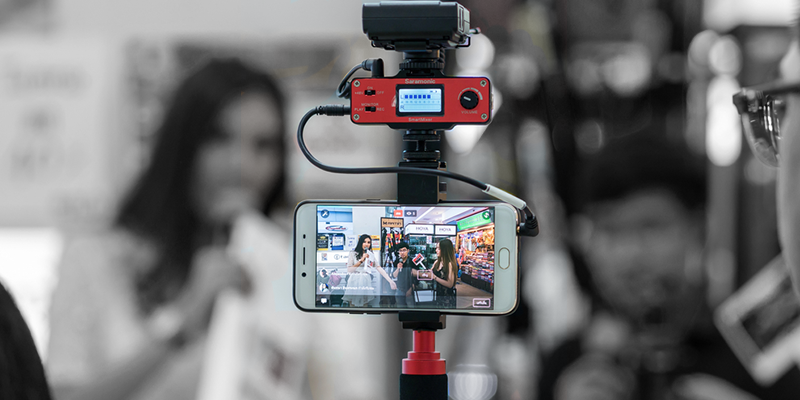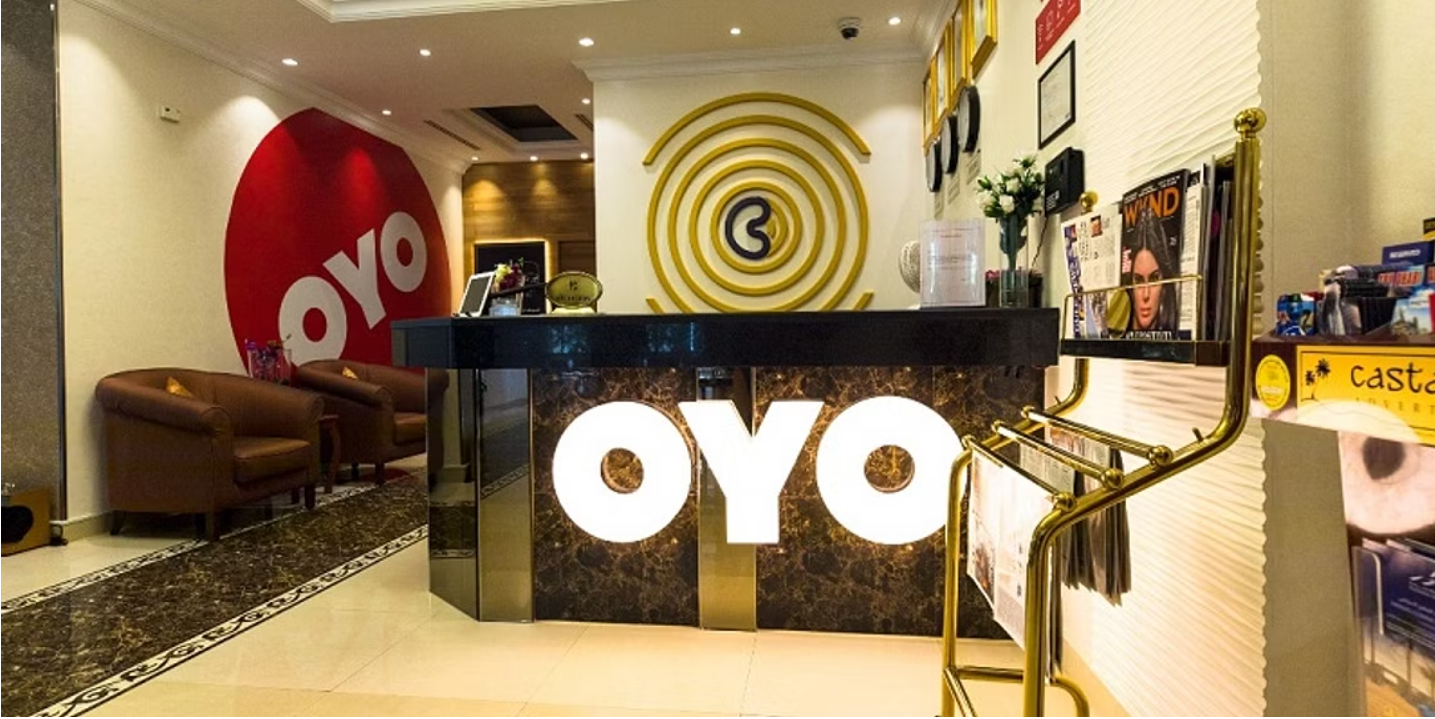Scientific reasons people are wired to respond to visual marketing
By the time you read this introduction and go through the infographic, there will be 350,000 tweets on Twitter, and 136,000 photos uploaded on Facebook. With this huge amount of information being generated, how can a business get noticed, stay relevant and engage the audience? The answer: by using visual elements.

We, humans, are wired to respond to visuals more than just text. After all, we spent thousands of years enjoying the vast and breathtaking expanses long before we used letters and numbers to communicate.
One reason why the human brain craves visual content is that it’s easy to consume and digest. The following statistics indicate the same:
- Around 50-80 percent of the human brain is dedicated to visual processing such as vision, visual memory, colours, shapes, movement, patterns, spatial awareness, and image recollection. (Reports The Wiley Network)
- Visuals with colour increase people's willingness to read a piece of content by 80 percent. (Reports - Saurage Research)
- If you hear a piece of information, you might remember only 10 percent of it. Adding a picture to that results in a rise of recall up to 65 percent. (Source - Brainrules.net)
- Posts inclusive of images produce 650 percent higher engagement than text-only posts. (Source - Pinterest)
- It takes only 150 milliseconds for us to a process and image, and then another 100 milliseconds for us to attach any meaning to it. (Reports - Canva)
- People following directions with text and illustrations do 323 percent better than people following directions without illustrations. (Source – Pinterest)
With the popularity of visual rich social media sites such as Instagram, Pinterest and Snapchat, our attention has shifted dramatically from blogging and text updates to visual updates. In fact, Instagram with 800 million monthly active users surpasses Twitter with an estimated 330 million monthly active users.
Of course, producing meaningful content should be and is the top priority for companies, adding a visual element to your posts has numerous benefits such as:
- Greater engagement on social media (Reports Buffer Social)
- Increased brand recognition by up to 80 percent (Reports - University of Loyola, Maryland study)
- Improved readership as much as 40 percent (Source – Colorcom)
- Increased comprehension by 73 percent (Reports SocialMediaToday)
- Can be up to 85 percent of the reason people decide to buy (Reports SocialMediaToday)
Particularly, visuals are useful when there is data-heavy research that involves numbers and statistics, which would make the reading dry. For all those who’re intimidated of using visuals in their marketing strategy, here are some tips to get started:
#1. Colours – Different colours have different implications on people’s emotions. They can either enhance your branding or be a hindrance to standing out.
According to a research by WebpageFX, a digital marketing and website development agency, people make a subconscious judgment about a product in less than 90 seconds, and colour plays a major influence in this assessment.
#2. Images – The next step after selecting the colour scheme is to select the image complimenting the colour scheme.
A research compiled by MarketingExperiments found that real photos generate 35 percent more engagement than stock photos. According to the overall visual branding, include images which add emphasis to the message or act as a backdrop for your content post. Make sure the look and feel of your images is consistent.
#3. Layout – a good way to differentiate your brand and content is by using a consistent layout for all the visuals.
For example, including the same watermark logo at the same position on every picture will help the reader instantly recognise your brand.
#4. Typography – Choosing the fonts you will use in your branding and visual storytelling is as important as choosing the colours to consistently share your message.
Instead of using the standard Sans Serif or Times New Roman, based on your target audience and industry, research which fonts and colors go the best together. Remember, some fancy fonts are not supported on all browsers and devices so integrate those that work seamlessly across all devices.
To know more about the power of visual marketing, take a look at the infographic created by iScribblers, backed by 5 scientific reasons why people are wired to respond to visual marketing.

(Disclaimer: The views and opinions expressed in this article are those of the author and do not necessarily reflect the views of YourStory.)











